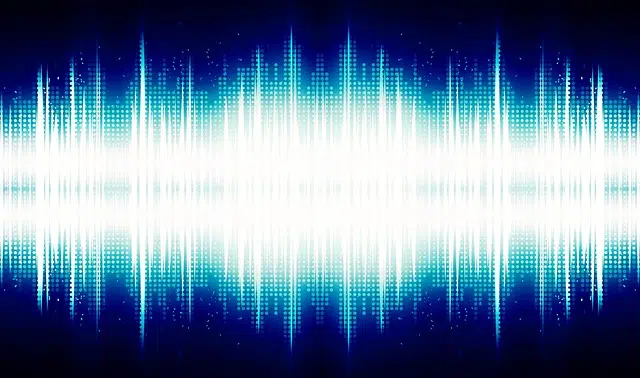
The wave amplitude is associated with the highest value of a variable, considering it from the midpoint or equilibrium point.
Before entering fully into clarifying the meaning of the term wave amplitude , it is interesting that we proceed to determine the etymological origin of the two main words that give it shape:
-Amplitude, first of all, derives from Latin. Specifically, it comes from “amplitudo”, which can be translated as “extensive quality”. In the same way, it must be indicated that this term is the result of the sum of two components: the adjective “amplus”, which is synonymous with “extensive” or “broad”, and the suffix “-tud”, which is used to indicate quality.
-Onda, on the other hand, is a word that comes from Latin, exactly from “unda”, which is equivalent to “wave”.
Concept of wave amplitude
The notion of amplitude can be used to name the lengthening, distension or widening of something. A wave is called, on the other hand, the propagation movement carried out by a fluid, the elevations formed by the disturbance of the surface of a liquid substance and the way in which magnetic and electric fields propagate in space.
The concept of wave amplitude appears in the field of physics and is linked to the highest value recorded by a variable, measured from the midpoint or equilibrium point . In an electromagnetic signal or in a wave movement, the wave amplitude is the distance between the maximum value (the highest point of the wave) and the equilibrium point.

The wave amplitude can be graphed in different ways.
Its visualization in graphics
The wave amplitude can be seen on a graph with a sinusoid curve in Cartesian coordinates. If we take the X axis as the midpoint, the wave amplitude will be given by the space between the highest point on the Y axis that touches the sinusoid and the aforementioned X axis .
A physical disturbance, in this way, can be graphed in a model as a magnitude whose value changes with the passage of time. The wave amplitude is noted by analyzing the values according to the points occupied by the disturbance (graphed as a wave) in space .
In the case of sound waves , the wave amplitude reveals the distance between the peak of the wave (the highest value) and its base, measured in decibels . As the wave amplitude increases, the decibels increase, reflecting a growth in the intensity ( volume ) of the sound .
Units linked to wave amplitude
There is another important series of aspects that must be known about the aforementioned wave amplitude. Specifically, we can emphasize that the units to measure it will vary depending on the type of wave to which we are referring:
-When it is a mechanical class wave, the use of length units will be used to measure it.
-In the event that you are working with an electromagnetic type wave, what will be done to measure the amplitude will be to use a unit that responds to the name of candela.
-If, on the other hand, we are referring to alternating current waves, amperes and volts will be used in their measurement.
-When we are dealing with sound waves, what we will do is choose to opt for units such as the millibar, the pascal or the set of remaining units.
